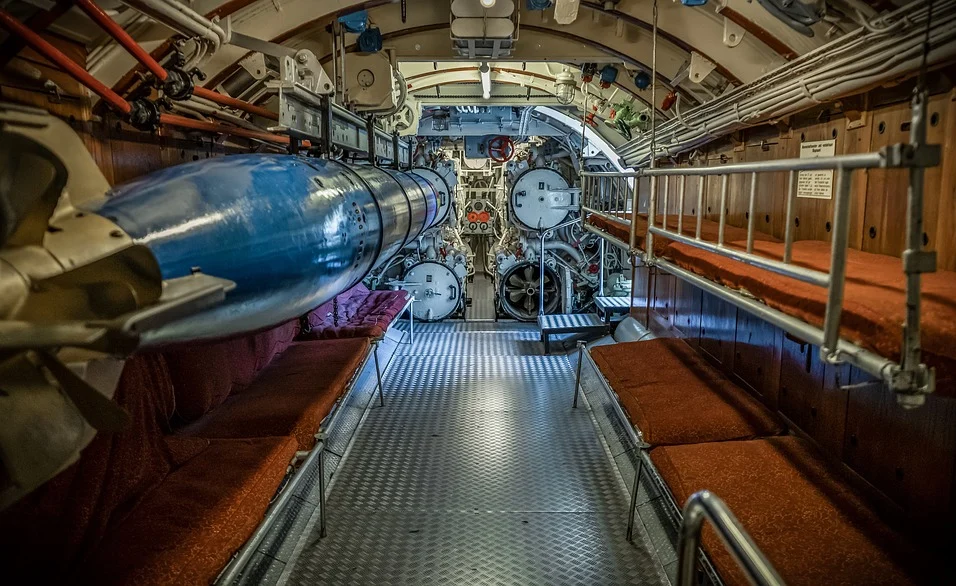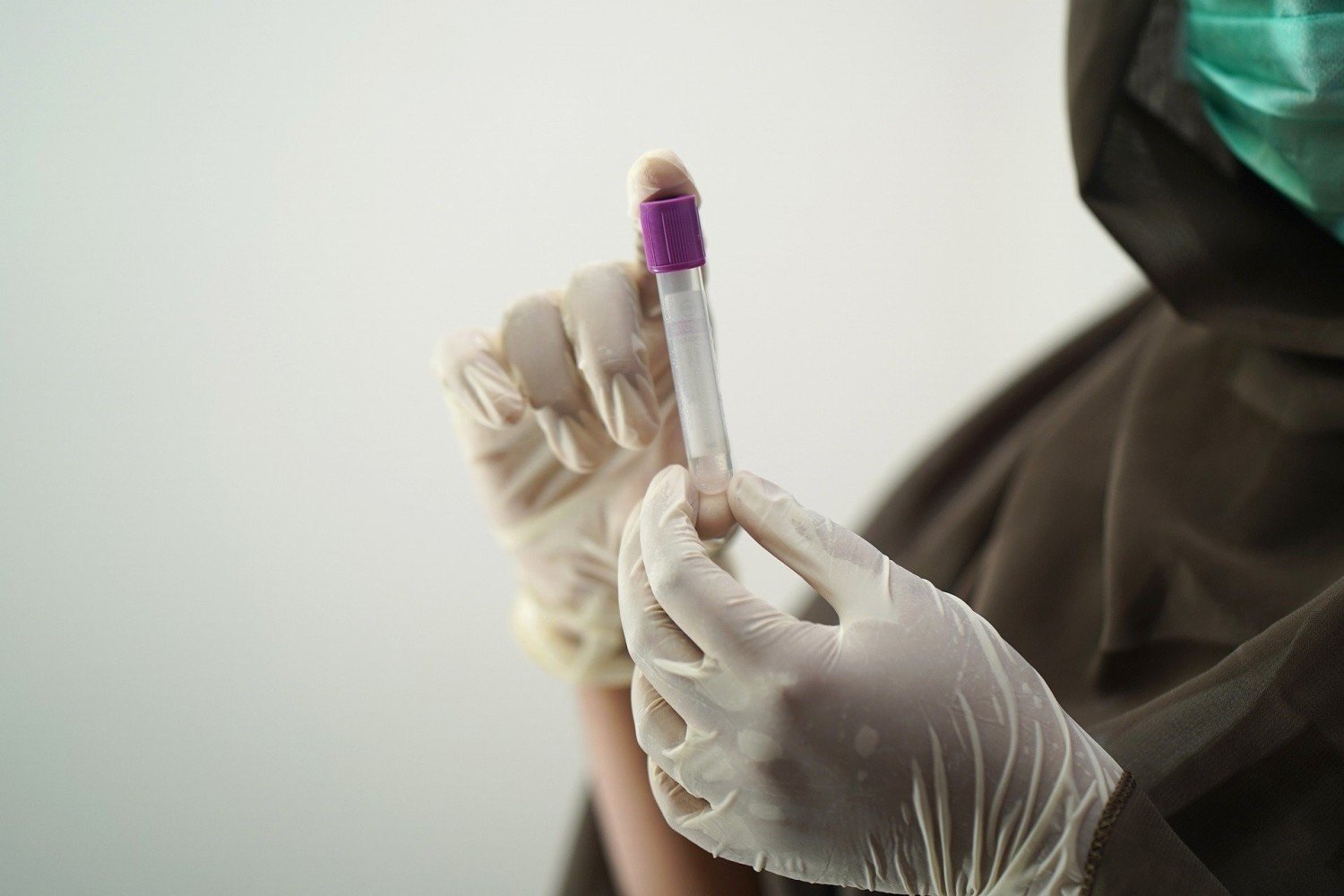Hedy Lamarr (1914–2000) is a world-famous actress with over 30 films attached to her name. She retired from acting in 1958. The following year, Diana Anderson began her Bachelor of Science. Today, she is a respected academic within the field of Oncology. It is not an obvious pairing, but Lamarr and Anderson belong to an exclusive group of individuals: women inventors. Furthermore, Lamarr and Anderson both pursued inventing while maintaining a full-time career.
So what do the pair really have in common? 1) They are women. 2) They are inventors. 3) They are career-orientated. 4) They embarked on a career in STEM in the patriarchal 20th century.

Unlike Diana Anderson, Hedy Lamarr lacked a formal science education due to beginning her entertainment career at just 15 years old. To make up for this, Lamarr studied munitions and weaponry in her spare time. Her interest in these subjects was only exacerbated when, on 7 December 1941, the United States of America joined the Second World War. Soon after, she learned that the radio-controlled torpedoes being used in the Navy were unreliable and could easily be pushed off course. She believed that a frequency-hopping signal would prevent the torpedo from being tracked and sabotaged.

It was at this time that Lamarr seriously considered leaving Hollywood in favour of working with the National Inventors Council in Washington. Instead, she contacted her friend, the composer George Anthiel. Lamarr entrusted Anthiel to work on the chemical formula for the gadget since she was unable to contribute in the laboratory herself. Even so, Lamarr retained creative control and is inarguably the driving force behind the invention. In August 1942, Lamarr filed a patent for the design. Unfortunately, the US Navy was not accepting submissions for inventions from outside the military and Lamarr’s design was not implemented until 1965.
Interestingly, Lamarr filed the patent under the name: Hedy Kiesler Markey. She was married to Gene Markey between 1939 and 1941. She remarried in 1943. Therefore, at the time of filing the patent, Lamarr was an unmarried woman. Why did she choose to use her former married name? By using the name Markey, Lamarr is implying that her former husband has approved the gadget as well as the association of his name with it. She is then capitalising on the presumed sexism within STEM as by associating her gadget with a male authority figure—i.e. her husband—she affords the device a level of credibility that she would be unable to offer herself given both her gender and lack of education.
Eight years after Lamarr’s design was installed on Navy ships, Diana Anderson earned her PhD in Oncology. Like Lamarr, Anderson entered a largely male-dominated field: academia. Even so, Anderson has been extremely successful. Since 2000, Anderson has been an active professor at the University of Bradford. She has also published over 400 papers throughout her career. It is therefore unsurprising that she had been unable to establish her company until 2011 (at the age of 69).
Interestingly, Lamarr’s device only took two years from inception to patent. Anderson, on the other hand, is still working diligently on her product nine years after research commenced. Her product is a blood test that would predict a patient’s predisposition to cancer. It is intended to replace invasive procedures such as colonoscopies and biopsies. Anderson’s long-term goal is to diagnose cancer at an earlier stage in hope of increasing the survival chances of the patient.

Sadly, the current survival rate for cancer patients in the UK rests at 50%. It is an unfortunate reality especially as Anderson expects the research to remain ongoing for the foreseeable future. However, the statistic successfully highlights the necessity of Anderson’s research and as Plato suggested ‘necessity is the mother of invention’. And so, at 78, Diana Anderson is definitely one to watch when regarding women in STEM.
Bradford Science Festival 2020 takes place from 24 October to 1 November 2020. Keep an eye on the Bradford Science Festival page for more online resources, videos and activities, including two special BCB Radio shows about women in STEM.